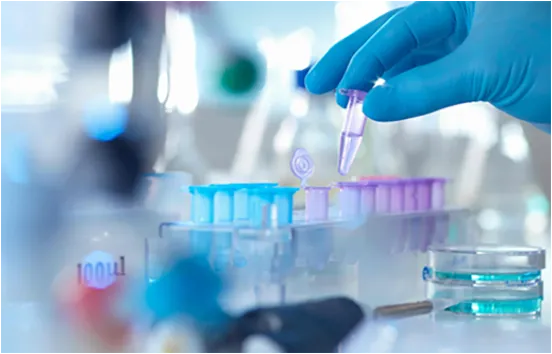pill bottles
The World of Pill Bottles More Than Just a Container
In the realm of pharmaceuticals, pill bottles often go unnoticed. However, these simple containers play a pivotal role in the healthcare system, providing not only a means to store medication but also serving as a crucial element of patient safety and education. As we delve into the world of pill bottles, we uncover their importance, design considerations, and future innovations that promise to enhance their functionality.
The Role of Pill Bottles
Pill bottles are designed primarily to keep medications safe and organized. They protect contents from moisture, light, and contamination, each of which can degrade the efficacy of the medication. Beyond physical protection, these bottles are equipped with labels that contain vital information for the patient and caregivers. This information generally includes the name of the medication, dosage instructions, expiration dates, and warnings about possible side effects. The presence of this information is critical, as it minimizes the risk of medication errors, a serious concern in healthcare today.
Design and Accessibility
The design of pill bottles has evolved over the years, reflecting advancements in materials science and user-centered design principles. Historically, pill bottles were made primarily of glass; however, the shift to plastic has provided several advantages, including reduced weight, lower production costs, and enhanced safety, especially for children. Child-resistant caps are now a standard feature, ensuring that young children cannot easily open the container and access potentially harmful substances. Yet, it is equally crucial to ensure that these designs do not hinder the ease of use for elderly patients or those with disabilities, prompting a need for balance between safety and accessibility.
Labeling is another significant component of pill bottle design. Modern regulations dictate that labels be printed in clearly legible text, often using large fonts and high-contrast colors to ensure readability. Some manufacturers have even begun experimenting with smart labels that include QR codes, providing users with direct access to comprehensive medication information and instructions via their smartphones. These innovations aim to enhance the user experience, making it easier to manage health and well-being.
pill bottles

Environmental Considerations
As environmental concerns gain prominence, the pill bottle industry is also exploring sustainability. Many manufacturers are transitioning to biodegradable or recyclable materials for their bottles and packaging. There is a push towards reducing plastic waste and promoting responsible disposal methods, such as take-back programs where empty bottles can be returned for proper recycling or disposal. This movement not only addresses the environmental impact of pharmaceutical packaging but also encourages patients to be more mindful of how they handle their medications after use.
The Future of Pill Bottles
Looking ahead, the future of pill bottles is poised for innovation. One exciting development is the incorporation of technology into medication management. For instance, some pharmaceutical companies are exploring the use of smart pill bottles equipped with sensors that track medication adherence. These bottles can send alerts to patients’ smartphones when it’s time to take their medication or when a dose has been missed. This technology can be particularly useful for patients with chronic conditions who require strict adherence to their medication regimens.
Moreover, as telemedicine becomes increasingly popular, the need for reliable and informative pill bottles is more critical than ever. Patients may need to rely on the information within their pill bottles more frequently, as they navigate between in-person and remote healthcare appointments. The evolution of pill bottles aims to provide comprehensive support for medication management in both situations.
Conclusion
Pill bottles, while often overlooked, are an essential aspect of the healthcare system that benefits both patients and healthcare providers alike. Their various designs emphasize safety, accessibility, and adherence to medication while adapting to the growing need for sustainability. As we embrace technological advancements, the future promises even more significant innovations aimed at improving health outcomes and ensuring that patients can effectively manage their medication regimens. Just as the role of healthcare is continually evolving, so too must the humble pill bottle adapt, ensuring it remains a dependable companion in our journey toward better health.
-
Aesthetic Makeup Spray Bottles | Fine Mist Empty RefillableNewsAug.19,2025
-
White Plastic Veterinary Vaccine Vials | Lab Liquid BottlesNewsAug.18,2025
-
Plastic Medicine Liquid Bottle: Secure Flip Top Drug VialsNewsAug.17,2025
-
Durable 250ml Blue Plastic Vaccine Vial for Lab & Vet UseNewsAug.16,2025
-
Sterile Virus Sample Tubes: Secure & Reliable Specimen CollectionNewsAug.15,2025
-
White 250ml Plastic Vaccine Vial for Lab & Vet MedicineNewsAug.14,2025
























